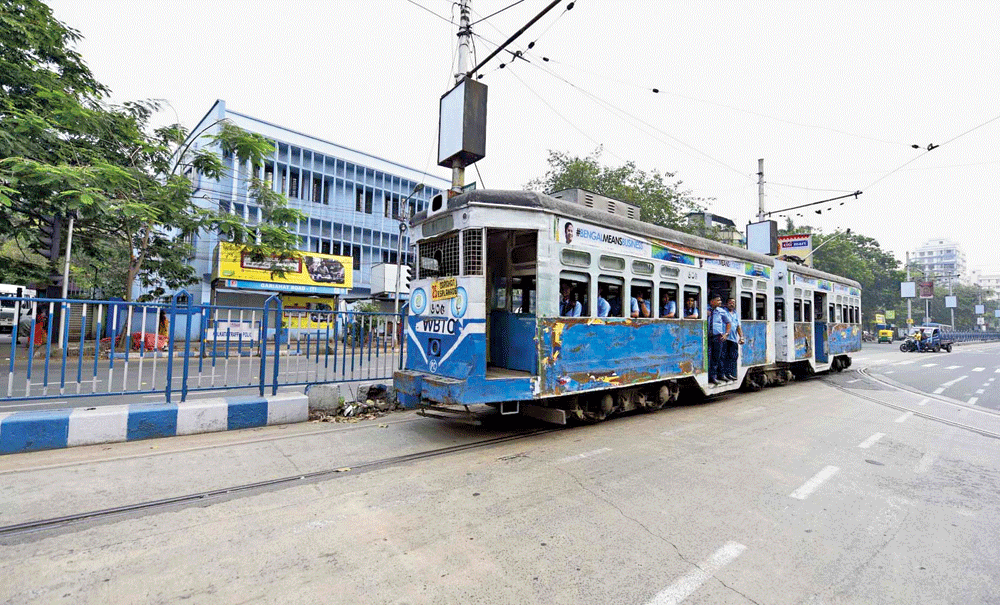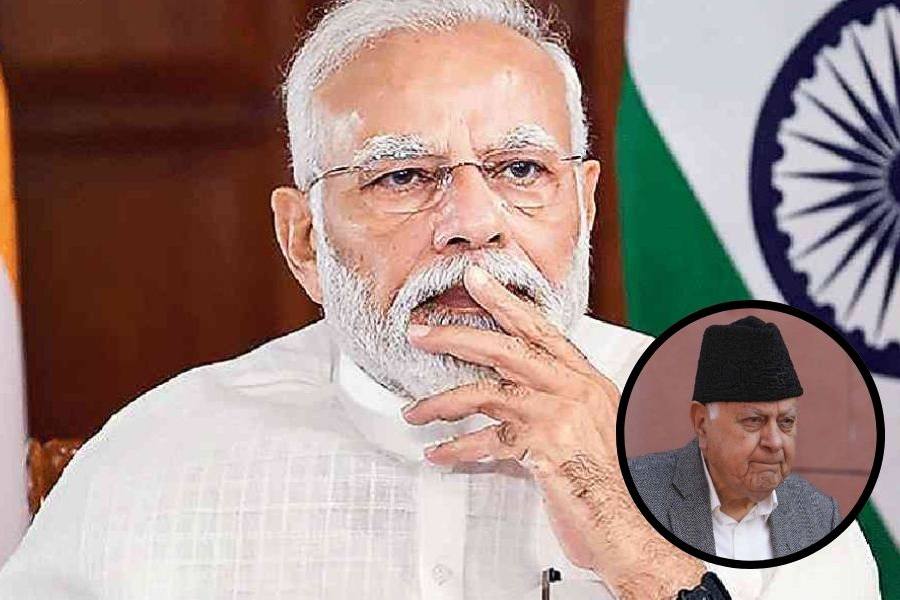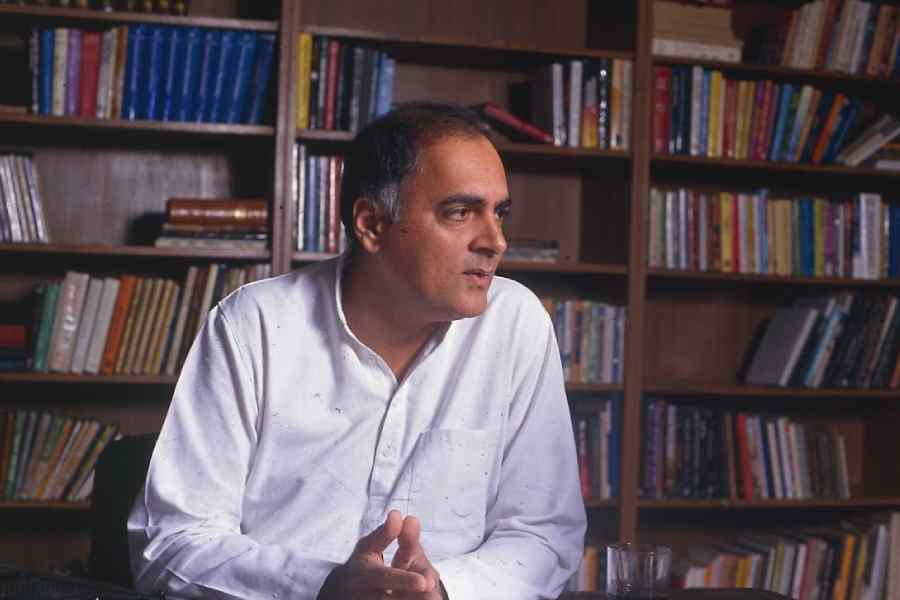The Bengal government plans to reduce the number of trams, as well as routes, at a time e-vehicles are being recognised across the world as the most sustainable and environment-friendly form of public transport.
N.S. Nigam, the state transport secretary, said at a meeting on “electrical mobility” on Friday that the government planned to retain trams only on a few routes, where they would not add to the traffic congestion by competing with other forms of public transport.
“Trams will stay in Calcutta as part of public transport but we will run them on routes where they will not compete with other public transport modes and cause congestion,” Nigam said at the meeting organised by the British deputy high commission in collaboration with the Bengal Chamber of Commerce & Industry.
“We are planning to run around 10 air-conditioned single-coach trams from next year on about two routes, where they won’t compete with other public transport options,” Nigam told Metro on the sidelines of the meeting.
The city has around 40 trams running on eight routes, down from around 125 on close to 30 routes a few years ago.
“We still have the ability to run about 190 trams but the government does not seem keen. It looks like the government is trying to push the system towards death,” a senior official in the transport department said.
“It’s strange that while trams have returned to almost all important cities of the world, in Calcutta they are being ignored. Trams are the need of the hour given the pace of climate change and ever increasing air pollution,” said Debasish Bhattacharya, a tram crusader.
“We are working on a report on the importance of trams and plan to launch a major movement to save them. We suspect trams are being withdrawn to facilitate commercial exploitation of the tramways properties, most of which are in prime areas in the city,” said Naba Dutta of the environment platform Sabuj Mancha.
At the meeting, Nigam also said the number of electrical buses would be increased gradually in the city. “We now have 80 electrical buses, perhaps the largest fleet in any city in India. In the next few months, another 50 buses will be added, connecting different points in the city with New Town,” he said.
Nick Low, the British deputy high commissioner in Calcutta, said the UK government had been continually engaging with the Bengal government and the Calcutta Municipal Corporation “to identify ways to accelerate the development and deployment of electrical vehicles”.
Hidco chairman Debasish Sen pointed out that electrical buses were running successfully in New Town-Rajarhat.
E-rickshaws, totos in local parlance, are being allowed to use the charging stations installed in various parts of the city for the electrical buses, he said.
“Though still the numbers are low but electrical mobility is the future ; even the automobile companies , including ours, are coming out with electrical vehicles. We expect a major change by next five years” said Anirban Ghosh of Mahindra.










